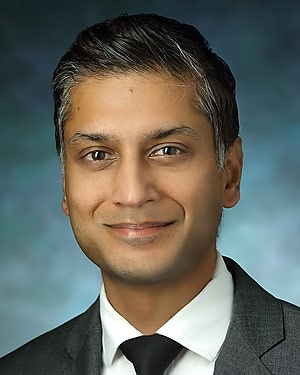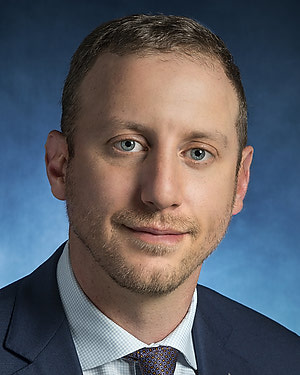-
Sashank Reddy, M.D., Ph.D.

- Associate Director, Johns Hopkins Institute for NanoBioTechnology (INBT)
- Vice Chair of Research, Johns Hopkins Plastic and Reconstructive Surgery
- Medical Director, Johns Hopkins Technology Ventures Johns Hopkins University
- Associate Professor of Plastic and Reconstructive Surgery
- Associate Professor of Biomedical Engineering
-
Sami Tuffaha, M.D.

- Director, Peripheral Nerve Surgery
- Assistant Professor of Plastic and Reconstructive Surgery
Tissue Engineering
Research and development in tissue engineering holds great promise for improved appearance and function after surgery. In a collaborative endeavor between Johns Hopkins plastic surgeons and biomedical engineers, the team has developed a new synthetic material used to reconstruct surgical soft tissue deficits. The material, which is a combination of hydrogels and nanofibers, can hold its shape as it slowly degrades and encourages new tissue growth. Our surgeons work closely with Johns Hopkins University's Mao Research Group, led by associate professor Hai-Quan Mao, Ph.D.
Publications

Collaboration Creates Composite to Fill Surgical Cavities
When a patient has a tumor removed, surgeons may fill the cavity using silicone implants, soft tissue from another part of the patient’s body—or use no filler at all. Each option has drawbacks, like scar formation or the need for more surgery. But a newly invented a composite material can now support a surgical cavity while encouraging new tissue growth within it. Read more.
